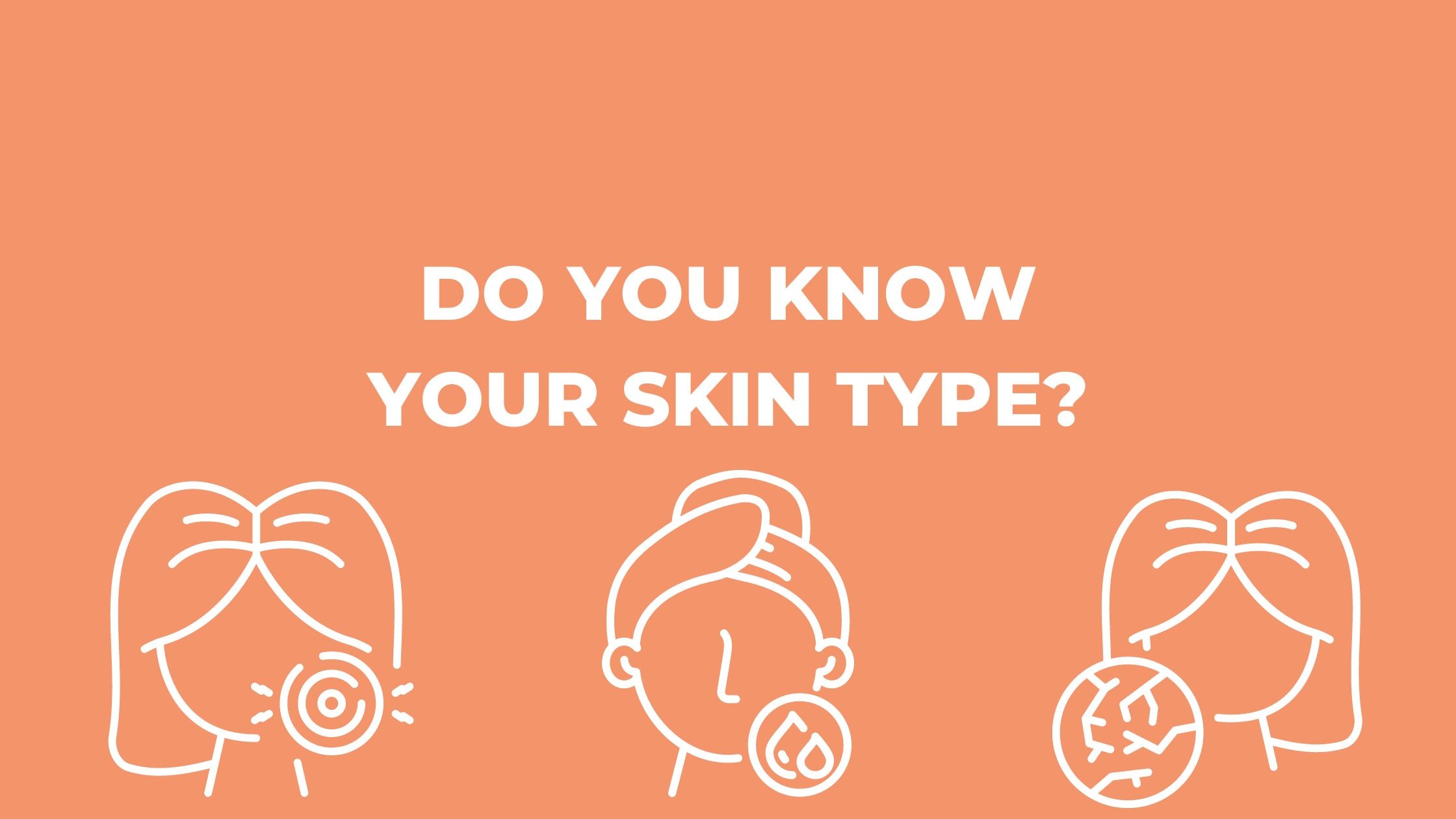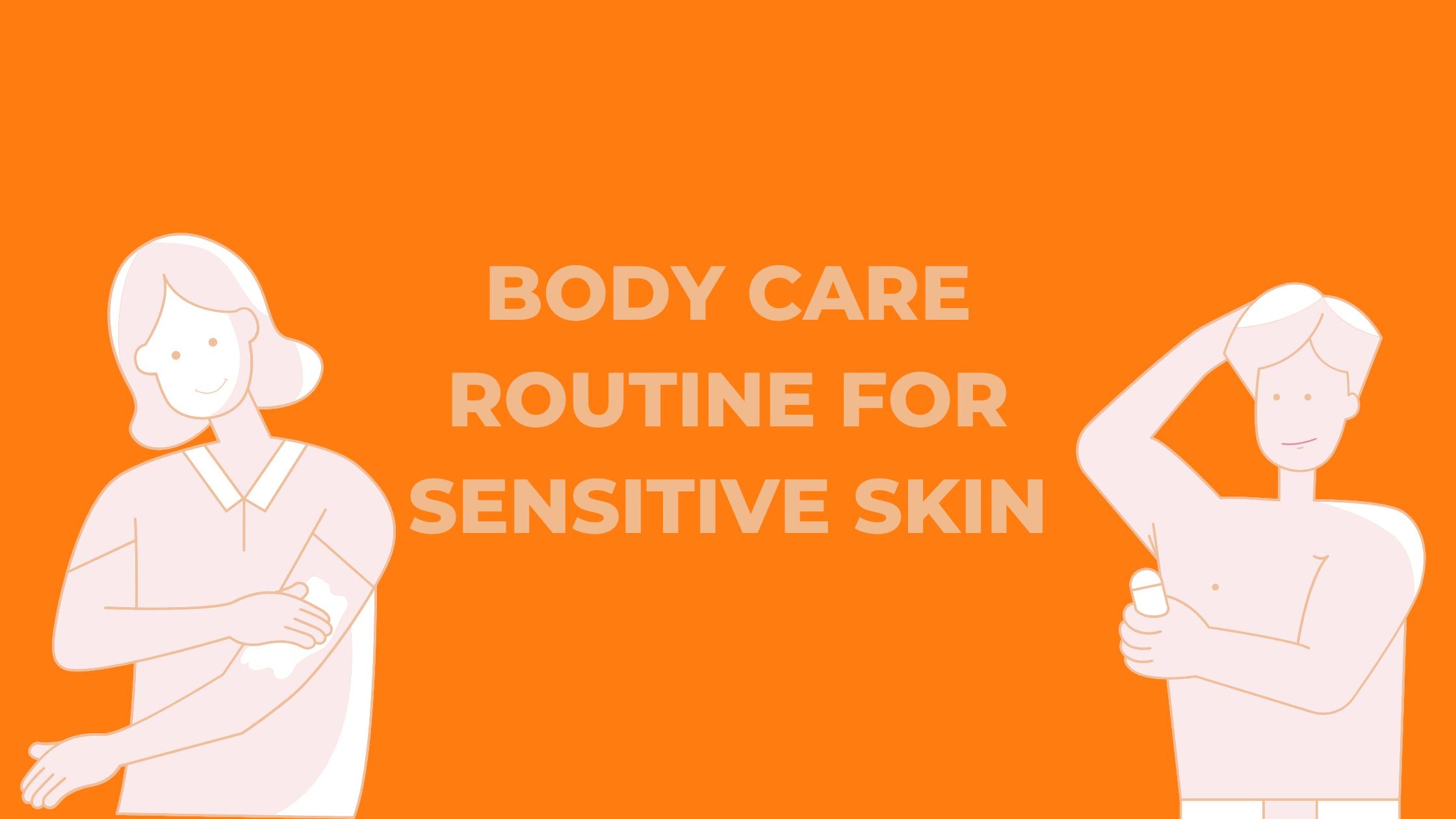
Best Options on How to Get White Teeth

Whiter, brighter teeth can dazzle any smile and boost confidence. Knowing how to whiten your teeth and keep them bright and white can be expensive and maybe painful, unless you know the options and steps to all the choices available.
Is Teeth Whitening Safe?
If you follow the instructions of conventional teeth whitening treatments, or get the whitening treatment from a dental professional, they are safe. However, there are several things to consider first:
- Are your teeth sensitive? If your answer is yes, check with a dentist before a do-it-yourself method of teeth whitening at home. Otherwise, you could make your teeth more sensitive.
- It's important to know the type and concentration of the whitening agent used in the brand. Some brands use carbamide peroxide, while others use hydrogen peroxide for teeth whitening. At home types contain 3% to 20%, while dental professional systems contain from 15% to 43% for either type of peroxide.
- Are your teeth discolored on the outside (extrinsic) from foods that stain teeth, such as, coffee, tea, red wine, or any form of tobacco? These types of stains can most likely be removed to help whiten teeth.
- Are your teeth discolored due to an internal discoloration (intrinsic) from injury, childhood illness, infection or aging? Discoloration that appear on the inner surface of teeth may either need to be bleached professionally or with cosmetic dental treatments, such as crowns or veneers.
Should You Whiten Your Teeth?
First, it's important to determine if you are a good candidate to whiten your teeth. What you see on movie stars and models in magazines for whiter teeth may not be the results you will get. It's your smile that captivates and makes you appear confident. To set too high an expectation for a movie star smile with white teeth, may end up being disappointing.
The cause of yellowing discolored teeth may be due to:
- certain medications, such as tetracycline
- genetics
- habits, such as smoking
- drinks such coffee, red wine or soda
Consult with your dentist to determine if you are good candidate and which type will be the best way to whiten your teeth.
Different Types of Teeth Whitening
Teeth whitening options include:
- One option is professional treatment at a dental office or your dentist can give you a take-home kit with custom trays. Both of these can be expensive, but take less time, since the percentage of the whitening agent is higher than commercial ones from a store.
- Toothpaste with whitening ingredients. Typically these help with baking soda to whiten teeth, which only removes surface stains. Charcoal toothpaste claim to whiten teeth, but may have other adverse effects and are not recommended by professional dental organizations, such as the American Dental Association (ADA).
- Over-the-counter (OTC) teeth whitening brands you purchase from a store are another option. These can be rinses, strips or gels. They may provide a tray to place the gel in. You insert the tray in your mouth for delivery of the bleach. The tray is not custom made and may not fit as well as a dentist custom made tray.
- Teeth whitening strips are thin and coated with a peroxide-based gel. You apply the strip two times a day for approximately 30 minutes for two weeks.
How to Whiten Teeth at Home
Teeth whitening at home can consist of kits you can purchase at the store or from your dentist. These may include a gel or paste you apply to the teeth by using a brush, whitening strip or through a mouth guard type of tray.
With store purchased whitening kits, the ADA has approved gel with 10 percent carbamide for at-home use overnight using a mouth guard. These kits may take longer to whiten the teeth since they are at a lower percentage of the whitening agent.
It's best to choose a teeth whitening kit that has the approval seal of the ADA. Some vary in their concentration of hydrogen peroxide, and may be too high resulting with adverse affects.
Other at home natural methods for teeth whitening have been proposed and tried, such as coconut oil, oil pulling, apple cider vinegar or lemon juice. However, these have not been studied or have any research for results and may end up causing sensitive teeth or other adverse effects in the mouth such as irritation.
In-office Whitening
With the in-office whitening, your dentist will apply the gel to each tooth. This type of whitening uses the form of carbamide peroxide, usually between 12 – 44% content. The in-office whitening procedure may use a high intensity light to help with the setting process. Reports have not proven that the light actually makes your teeth whiter, but it does accelerate the process.
Nevertheless, the in-office whitening does save time and the results can be seen immediately. This is typically a 60 – 90 minute procedure.
Your dentist may ask you to return for an additional appointment for touch ups. This is the most expensive type of whitening. Prices may range between $500 - $2500 or more.
Side Effects of Teeth Whitening
Temporary teeth sensitivity is the most common side effect of teeth whitening. You may also notice some mouth and gum irritation. Teeth whitening products are more likely to result with these side effects and are usually temporary.
Thinking one time helped, therefore more whitening may be better, can also cause problems. Or leaving the gel in contact with your teeth longer than recommended.
6 Steps to Whiter Teeth and How to Keep Your Teeth Brighter Longer
Typically your teeth will stay white for up to 6 months following teeth whitening. The following are tips that will help you keep them whiter for a longer period versus getting stains quicker.
- Do your best to avoid or limit foods and drinks that are known to stain teeth. Red wine, tea, coffee, and colas will stain teeth. Types of foods such as balsamic vinegar, beets, blueberries, blackberries, cherries, red grapes and pomegranates tend to stain teeth. Sauces containing deeply colored foods such as soy sauce, curry, turmeric, saffron, and tomato sauce or paste have staining potential.
- Use baking soda toothpaste. Baking soda tends to gently remove stains without being too abrasive.
- Tobacco products are the enemy of whiter teeth. Avoid all types.
- Foods that clean your teeth and keep stains away include: apples, broccoli, celery, spinach.
- Chew xylitol gum after eating or drinking to help remove stains.
- Certain sweets tend to stain teeth, including those with coloring agents, such as popsicles.
How to Whiten Teeth Naturally
Natural teeth whitening starts with your home oral care. Of course, proper ways to brush your teeth and flossing are important. The best at home teeth whitening method or to keep them white, is to clean your teeth daily with Cleure whitening Toothpaste with baking soda. This helps remove surface stains before they remain and become difficult discolorations.
Cleure Baking Soda Mouthwash also helps to remove debris and leaves your mouth with an alkaline pH to fight harmful plaque.
With proper oral care routine on a daily bases, your teeth and gums will be healthy and you'll be proud to show your beautiful dazzling smile.



1 comment
I am addicted to the Cinnamon flavored toothpaste. It does a great job of cleaning my teeth and the flavor is delightful! I highly recommend both the cinnamon and the original flavored toothpastes.
Micki Lewis
Leave a comment
This site is protected by hCaptcha and the hCaptcha Privacy Policy and Terms of Service apply.